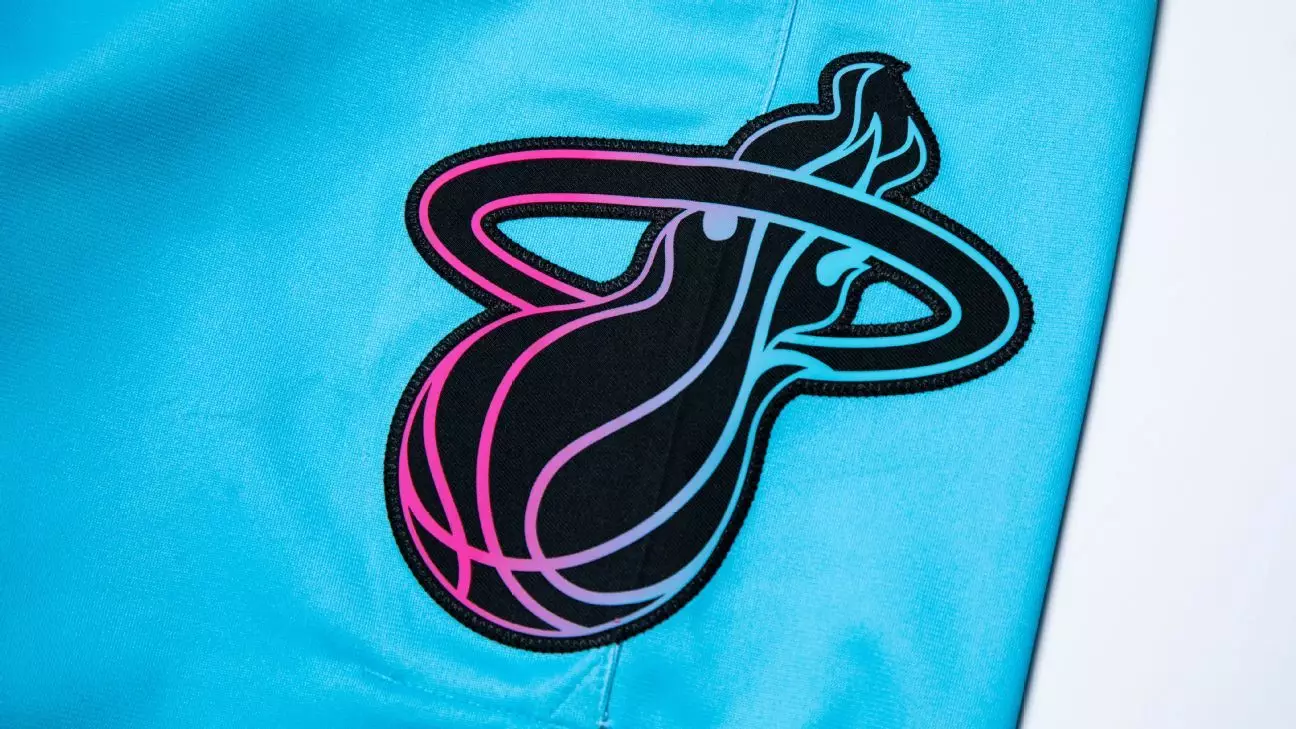The recent case involving a seasoned security officer stealing and selling high-value memorabilia highlights a profound vulnerability within sports organizations. While teams often invest heavily in securing their venues, this incident demonstrates that insider threats can undermine even the most seemingly secure environments. The fact that Marcos Thomas Perez, with over two decades of professional experience in law enforcement and security, was able to access and steal over 400 valuable items underscores a fundamental flaw: trusting individuals with privileged access without stringent oversight.
Organizations need to recognize that security isn’t solely about physical barriers but also about implementing comprehensive oversight, regular audits, and behavioral monitoring. Perez’s case reveals how an insider, who had been trusted over many years, exploited that trust for personal gain. This incident raises questions about how many similar vulnerabilities remain hidden within other institutions, placing priceless memorabilia, and by extension, a franchise’s reputation, at serious risk.
The Value of Transparency and Vigilance
One of the most striking aspects of this scandal is the stark contrast between the perceived value of the stolen items and the criminal’s seemingly careless handling of them. Perez managed to sell a LeBron James jersey—worn during an NBA Finals game—at a mere $100, contrasted sharply with the sale at auction for over $3.7 million. This disparity underscores how the thefts not only compromise financial assets but also undermine the integrity of the sport and the legitimacy of the memorabilia market.
From a broader perspective, transparency and accountability in managing memorabilia are paramount. Franchises need to develop clear protocols, including inventory tracking, regular audits, and digital surveillance, to catch anomalies early. Moreover, the incident underscores the importance of criminal background checks and psychological assessments, especially for employees with access to high-value assets. Insider threats like Perez are often overlooked because of their apparent trustworthiness—in this case, years of dedicated service—yet they pose perhaps the greatest risk to security infrastructure.
Lessons and Opportunities for Reinventing Sports Security
The fallout from this theft should serve as a wake-up call for sports franchises worldwide. The allure of rare collectibles and memorabilia has created a lucrative black market, where stolen items can fetch millions. This underlines the urgency of instituting more robust security frameworks that combine technological innovation, such as RFID and blockchain tracking for authenticity, with human oversight.
Furthermore, teams must foster a culture of accountability and ethical responsibility. Staff training, clear reporting channels, and consequences for breaches are essential components of a resilient security strategy. The industry’s focus should shift from merely protecting physical assets to cultivating comprehensive protective environments wherein insider threats are anticipated and mitigated.
Finally, this incident sparks a larger conversation about how sports organizations balance security and openness. While transparency with fans is desirable, safeguarding sensitive areas and assets requires discretion and rigorous safeguards. In a highly targeted environment, complacency can be costly—both financially and reputationally.
By recognizing the vulnerabilities and proactively addressing them, sports franchises can turn this painful lesson into an opportunity to build more resilient, trustworthy institutions—protecting the legacy, the fans, and the sport itself.


Leave a Reply